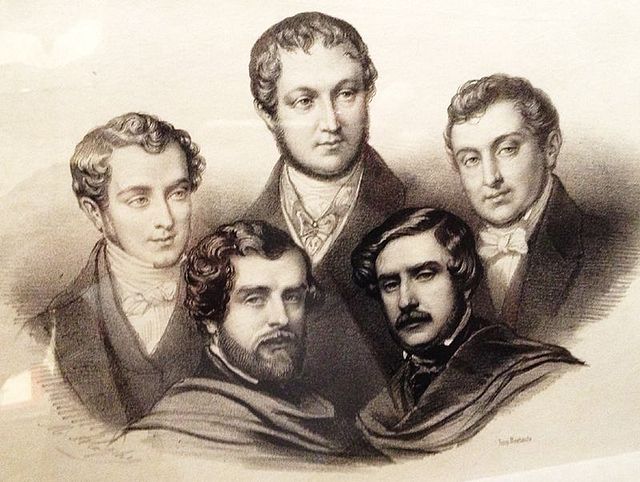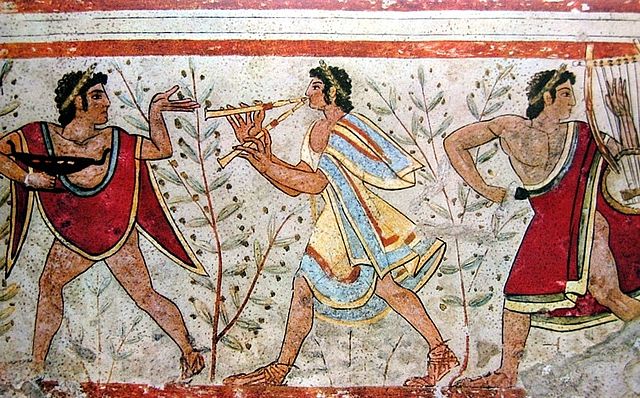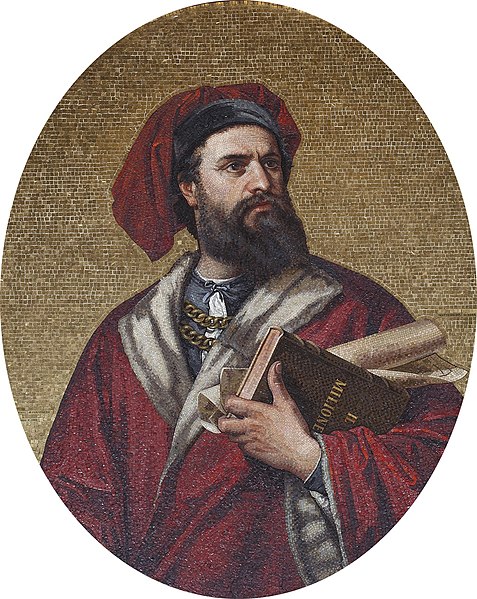In Italy, music has traditionally been one of the cultural markers of Italian national and ethnic identity and holds an important position in society and in politics. Italian music innovation – in musical scale, harmony, notation, and theatre – enabled the development of opera, in the late 16th century, and much of modern European classical music – such as the symphony and concerto – ranges across a broad spectrum of opera and instrumental classical music and popular music drawn from both native and imported sources.
Italian composers Rossini, Bellini, Ricci, Mercadante and Donizetti
Giuseppe Verdi, one of the most popular and acclaimed opera composers.
Antonio Vivaldi
Domenico Scarlatti
Italy, officially the Italian Republic, is a country in Southern and Western Europe. It is located on a peninsula that extends into the middle of the Mediterranean Sea, with the Alps on its northern land border, as well as several islands, notably Sicily and Sardinia. Italy shares its borders with France, Switzerland, Austria, Slovenia and two enclaves: Vatican City and San Marino. Its territory also includes Campione and the Pelagie Islands. It is the tenth-largest country by land area in the European continent, covering an area of 301,340 km2 (116,350 sq mi), and the third-most populous member state of the European Union, with a population of nearly 60 million. Its capital and largest city is Rome; other major urban areas include Milan, Lombardy, Naples, Turin, Florence, and Venice.
Etruscan fresco in the Monterozzi necropolis, 5th century BC
The Colosseum in Rome, built c. 70–80 AD, is considered one of the greatest works of architecture and engineering of ancient history.
Marco Polo, 13th-century explorer
Leonardo da Vinci, the quintessential Renaissance man, in a self-portrait (ca. 1512, Royal Library, Turin)








